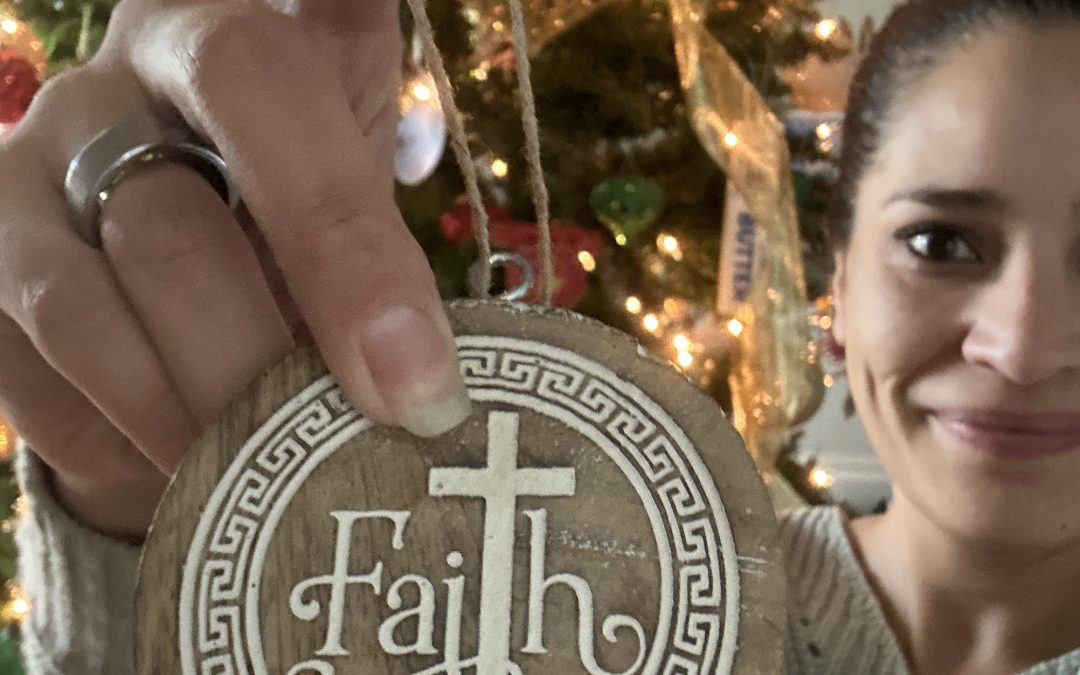
Faith-Based Coping Strategies for Holiday Anxiety
The holidays often stir up warm memories, cheerful music, and time with loved ones. But for many of us, this time of year can bring up stress and worry, too. Expectations feel higher, calendars fill up fast, and emotions tend to run a little stronger. It is not unusual to feel pulled in too many directions all at once.
For those who find strength in faith, spiritual practices can offer a calming anchor when the rest of life feels too loud. Whether you are feeling anxious about family gatherings, travel plans, or just trying to keep up with everything, Christian counseling in San Antonio reminds us how helpful it can be to lean on faith-based care. When the holidays start to feel overwhelming, we do not have to carry those feelings alone. We can take steps to care for our minds through small, grounding habits rooted in God’s peace.
Recognizing Holiday Anxiety When It Shows Up
Holiday anxiety does not always look one specific way. Sometimes it is waking up tired after a full night’s sleep because your mind would not slow down. Other times, it is snapping at someone over a little thing or feeling guilty for not feeling extra cheerful.
All the planning, parties, shopping, and traveling can build up quietly. Even joyful traditions might start to feel like checklists. If you are noticing:
• Difficulty falling asleep or staying asleep
• Feeling easily irritated or overwhelmed
• Wanting to be alone more than usual
• Feeling sad about plans that did not go as expected
These may be signals that anxiety is showing up in your life. And that is okay. Just because this season is known for joy does not mean every day has to feel perfect. Recognizing what is going on is the first step.
Making Space for Quiet Moments with God
With so many people, plans, and distractions during the holidays, stillness can feel out of reach. But peace starts small. Making space for just a few quiet minutes each day can help soften anxious thoughts.
This could look like:
• Setting aside five minutes in the morning or before bed to pray
• Keeping a short list of Bible verses nearby that remind you of peace
• Writing a few sentences in a journal as a way to talk with God
There is no right way to do this. Some people find comfort in reading Scripture out loud. Others may prefer writing prayers. The goal is not to be perfect at it, but simply to stay connected with God in the middle of the noise.
Letting Go of Holiday Perfection
It is easy to scroll through photos or watch commercials and feel like your holidays should look a certain way. Shiny decorations, beautifully wrapped gifts, and smiling faces can create pressure to meet a picture we did not choose.
But simplicity has spiritual worth. Letting go of trying to “do it all” makes space for moments that matter.
That might mean:
• Skipping traditions that no longer bring peace
• Saying no to one event so you can catch your breath
• Choosing gifts with care, not out of pressure
Faith reminds us that the heart of the season is not found in appearances but in love, kindness, and togetherness, however that looks for us this year.
Finding Peace Through Community and Worship
Feeling anxious can often leave us feeling isolated, especially when it seems like everyone else is full of cheer. But we are not meant to go through hard times alone.
Being part of community and worship can bring comfort and encouragement. Attending a church service (either in person or online), joining a seasonal Bible study, or sitting with people who share your faith can bring a sense of togetherness that helps ease worry.
When you are struggling, try:
• Talking with a trusted friend from your church or prayer group
• Joining others in prayer, even if it is just a few minutes
• Getting involved in a small gathering that brings joy without strain
Sometimes, just being surrounded by others who care, who will pray with you or sit with you, is enough to help lighten a heavy season.
Inviting God Into Your Emotional Healing
Anxiety does not end when the decorations come down. For some, the holidays stir up deeper sadness or old hurts. Faith gives us a way to face those feelings without shame. It reminds us we are seen and loved.
Letting God into those deeper places of heartache takes courage, but it can also bring lasting peace. The holidays can be a helpful time to reflect, notice what is rising inside, and begin to gently care for it.
If it continues to feel hard, it may be time to speak with someone who understands both emotional needs and spiritual values. A Christian counselor can help connect your faith with your healing, especially when anxiety feels like too much to manage alone.
Compassionate Support That Fits Your Life
While many around us are smiling and celebrating, it is okay if this season feels heavy. We all have different stories, and those stories matter. At La Luz Counseling in San Antonio, you can access both virtual and in-person therapy sessions, making support available even in a busy holiday season. We serve children, teens, adults, families, and couples, with no waitlists and bilingual counselors available in English and Spanish.
Faith-based practices, quiet time with God, and support from trusted people can help bring a little peace back to our days. If you are feeling overwhelmed this year, you do not have to go it alone. We understand how powerful it can be to include faith in emotional care.
Your Next Step Toward Peace
Sometimes this season can feel heavier than expected, and we all need a quiet space to sort through emotions with someone who understands both faith and mental health. When support that honors your beliefs matters, our approach to Christian counseling in San Antonio can help you slow down, reflect, and feel more grounded. At La Luz Counseling, we walk alongside you with care and compassion. Let’s talk whenever you are ready.





Recent Comments